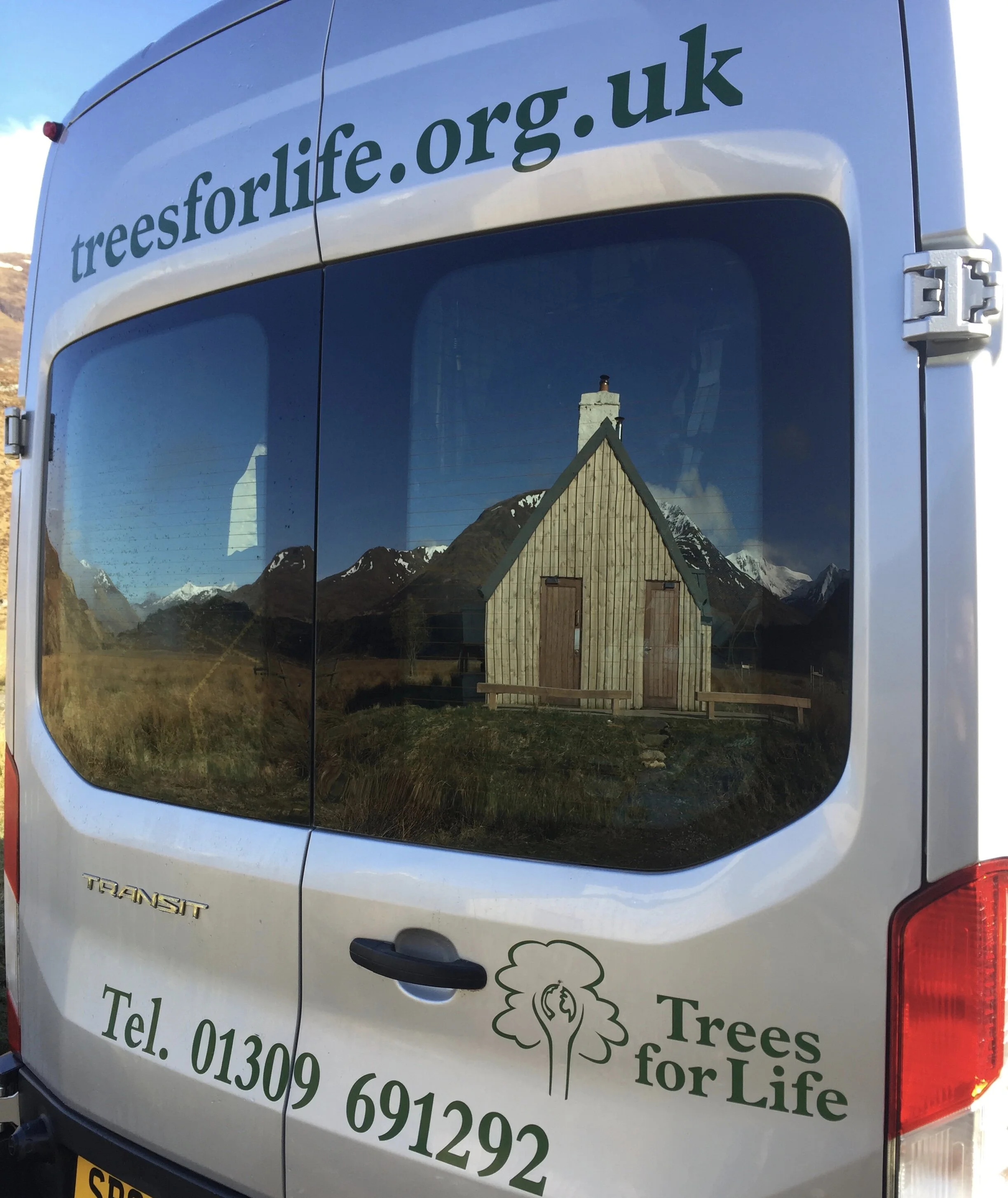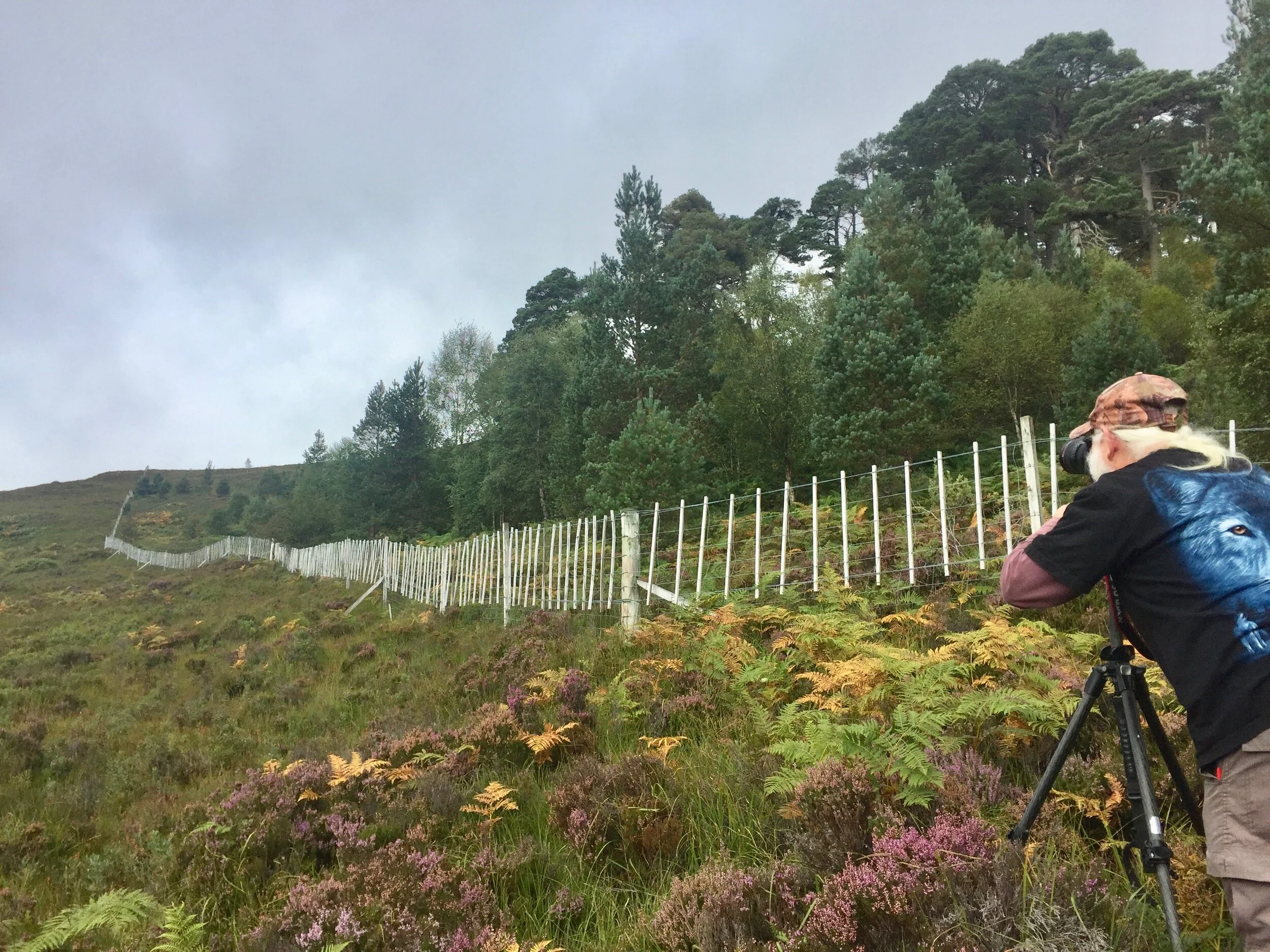Dear friends, supporters and fellow biophiles,
During these short, northern Scottish days I find myself relishing any scrap of winter sunlight I can get. Many animals are dormant or have slowed down and things are also much quieter in the worlds of plants and fungi.
And yet even around the winter solstice, during the very darkest time we soon start to get hints of spring to come. Some of these are quite natural and normal patterns. These include the male hazel catkins that are already growing, readying themselves to release pollen in late February. And the almost imperceptible change in daylight after the solstice isn't lost on the birds. I often hear the ‘TEAcher TEAcher' song of the great tit and the territorial drumming of the great spotted woodpecker before we even reach New Year. Keep your eyes and ears peeled!
Reflections and milestones
It's been a very busy year for me in many ways. I feel very grateful to have had the chance to work with a wide range of different organisations, private clients and members of the public. These have included training and events for University of Edinburgh, Aigas Field Centre, Field Studies Council, Edinburgh Science Festival and others.
There were a couple of milestones, one of which was celebrating 10 years of running Dan Puplett Nature Awareness and another was achieving my Level 4 (100%) certificate in Track and Sign after many years practice and study. I don't mention these to boast. While I feel proud of these achievements they really highlight to me the fact that I have been given a huge amount of support the along the way.
So a massive thank you to all my teachers and mentors, clients, tracking buddies, students, online subscribers, and those closest to me all of the support and encouragement. It simply wouldn't have been possible without you all (and the many who in turn support you, and the wild world that supports all of us!), and it reminds me how interconnected we really are. Observing the natural world we learn this lesson again and again. Nothing can really be picked out in isolation. Everything depends on everything else.
Rewilding the world
It's obviously been a challenging year for many people on many fronts. And in the midst of the climate emergency it is clear that the outcomes of COP26 fall disappointingly and alarmingly short. Even so, a state of crisis isn't the whole picture.
Like many people, I have been involved with, and advocating for, rewilding for over two decades, and It is really exciting to see how interest in this approach to restoring nature has mushroomed in the last few years. Rewilding can play a key role in tackling both the climate and nature emergencies. The return of the beaver to Britain is just one example and is proving to be a huge conservation success.
This year I have had the privilege of working with a number of rewilding projects including my friends at Trees for Life, Bunloit Rewilding Project and SCOTLAND: The Big Picture. The buzz and sense of possibility in the conservation world are electric at the moment. Perhaps it's a human trait that when things get pretty dire, positive solutions and determination come to the fore.
Rewilding ourselves
I've also noticed another phenomenon which many of my friends and peers who work in the field of environmental education and nature connection have also observed. It seems that there's been a big increase in the number of people actively interested in connecting to nature and becoming more familiar with the wild world. There could be several reasons for this but the key thing is that it is an encouraging sign. Rewilding ourselves is an essential part of the solution.
Coming up
Looking to 2022 I'm really excited about the courses, events and projects I have coming up across Scotland and England. You can see more on my events page which I will be adding to over the next month when we finalise the details of certain courses. I’m also working on a new Field Studies Council chart that will be released in Spring 2022, and am writing a book that will be coming out further down the line. Watch this space!
Many thanks for all your support over the past year. I wish you a joyful and peaceful festive period and a happy, nature-filled 2022.
Stay wild!
Dan





